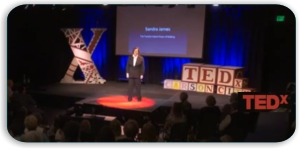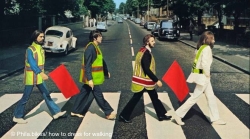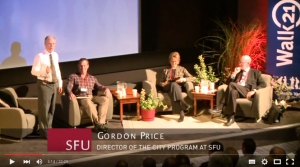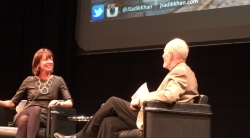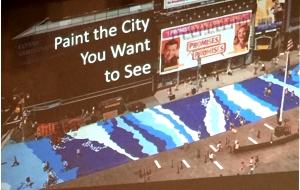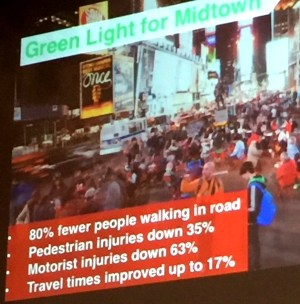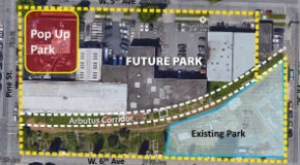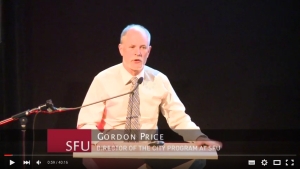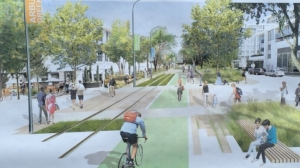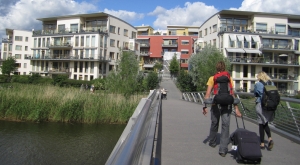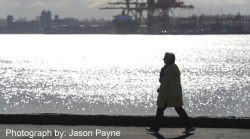I was so excited to be asked to speak in Carson City Nevada. It was a different experience, memorizing your talk and speaking on a television set with five cameras. The event was sold out, and there was an overflow theatre that accommodated an additional four hundred people. I came away inspired by the many aspects of community that were talked about, and honored to meet a group of people, all from different “walks” of life that truly believe in creating the very best community to live in. For me, the Transformative Power of Walking describes why I believe promoting walking in neighborhoods and communities is the right thing to do.
TED which stands for technology, entertainment and design is a series of conferences where invited speakers talk about their area expertise on a common theme. I was invited to speak at TEDx in Carson City Nevada on the theme of “Creating the Community You Want to Live In”.
The Arts, Entertainment and Speaker Line up was diverse and interesting,( http://www.tedxcarsoncity.com/2016-speakers) including a New York City performance artist, a new classical music composition, puppetry, and a wide variety of outstanding speakers. The talks included ones on Sibling Advocacy for Autism, Surviving Cancer, Dealing with Discomfort by a famous outdoors photographer, and a talk about growing up in the foster system and finding life purpose. My talk, The Transformative Power of Walking” also fit into the theme of community building.
All of the talks are delivered in one day to a live audience and there are five cameras that live stream the videos. It was an extraordinary day to participate and learn.
Carson City is the capital city of Nevada, located at the junction of two major rivers. The downtown had been bisected by a state highway for years. This highway is now being diverted off the main street, and the town is building bike lanes, sidewalks and other pedestrian amenities to allow citizens to use the downtown as pedestrians after decades of highway dominance. My talk outlines why enhancing walking’s bottom line is good for everyone-citizens, business people and the community.
Sandy James

